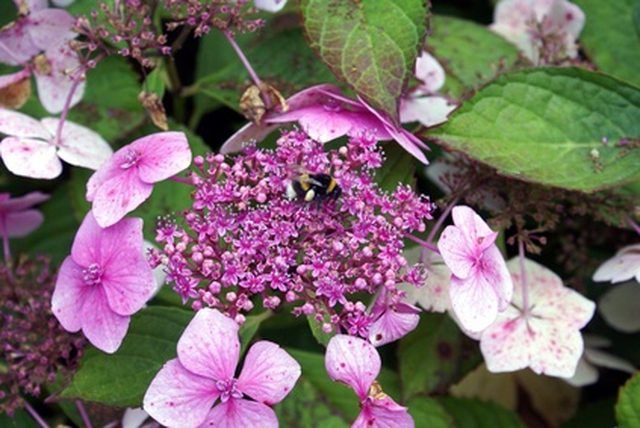Bulbs
Flower Basics
Flower Beds & Specialty Gardens
Flower Garden
Garden Furniture
Garden Gnomes
Garden Seeds
Garden Sheds
Garden Statues
Garden Tools & Supplies
Gardening Basics
Green & Organic
Groundcovers & Vines
Growing Annuals
Growing Basil
Growing Beans
Growing Berries
Growing Blueberries
Growing Cactus
Growing Corn
Growing Cotton
Growing Edibles
Growing Flowers
Growing Garlic
Growing Grapes
Growing Grass
Growing Herbs
Growing Jasmine
Growing Mint
Growing Mushrooms
Orchids
Growing Peanuts
Growing Perennials
Growing Plants
Growing Rosemary
Growing Roses
Growing Strawberries
Growing Sunflowers
Growing Thyme
Growing Tomatoes
Growing Tulips
Growing Vegetables
Herb Basics
Herb Garden
Indoor Growing
Landscaping Basics
Landscaping Patios
Landscaping Plants
Landscaping Shrubs
Landscaping Trees
Landscaping Walks & Pathways
Lawn Basics
Lawn Maintenance
Lawn Mowers
Lawn Ornaments
Lawn Planting
Lawn Tools
Outdoor Growing
Overall Landscape Planning
Pests, Weeds & Problems
Plant Basics
Rock Garden
Rose Garden
Shrubs
Soil
Specialty Gardens
Trees
Vegetable Garden
Yard Maintenance
Why Are My Hydrangeas Brown?
Why Are My Hydrangeas Brown?. Hydrangeas have a welcoming aesthetic appeal. Their lovely colorful blooms can last from May to November. They are adaptable to many temperatures and environments. They are especially appealing because they don't require a substantial amount of care. In the midst of all the beauty of hydrangeas, their leaves can have a...

Hydrangeas have a welcoming aesthetic appeal. Their lovely colorful blooms can last from May to November. They are adaptable to many temperatures and environments. They are especially appealing because they don't require a substantial amount of care. In the midst of all the beauty of hydrangeas, their leaves can have a tendency to turn brown due to disease and pests. Resolution is necessary to restore the beauty.
Leafties
Leafties can be detrimental to hydrangea leaves, causing them to turn brown. They can also cause them to curl and weave together. Leafties are green caterpillars with brown heads that are around a half-inch in length. The leaftie larvae bind the leaves together for their own safety while they are eating. They should be manually removed. The larvae can be squashed on the leaves and sprayed with an insecticide.
Spider Mites
Spider mites may be the cause behind leaves that turn brown or have a burned look to them. The leaves need a daily morning spraying for up to four days. An insecticidal soap can be applied if the spider mite assault is more intense.
Cercospora Leaf Spot
Cercospora leaf spot is a disease that can affect hydrangeas. Brown or purple spots will appear at the base of the hydrangea. The infection becomes more rampant as the infected leaves begin to drop off the plant and the infection spreads. It does not typically kill the plant, but the leaves should be removed. Nitrogen can be applied to slow leaf spot growth. A fungicide may be applied to ward off future leaf infection.
Anthracnose
Anthracnose is a fungus that can cause infection on the blooms and the leaves of hydrangea. Moist, hot weather tends to cause the disease to spread more. Circular or uneven brown spots that are 1 inch wide will appear initially. They may then change to a lighter shade of brown and then a tan color. Fungicides can be applied to counteract the anthracnose damage. It should be treated during the summer for 10 to 14 day periods.
Phytophtora Root Rot
Phytophtora root rot is a fungus that can cause the tissues around the crown of the hydrangea to turn brown. It can then rise up the stem. It can also stunt the growth of leaves and cause them to become brittle and break off. Fungicides are effective treatments for this fungus.